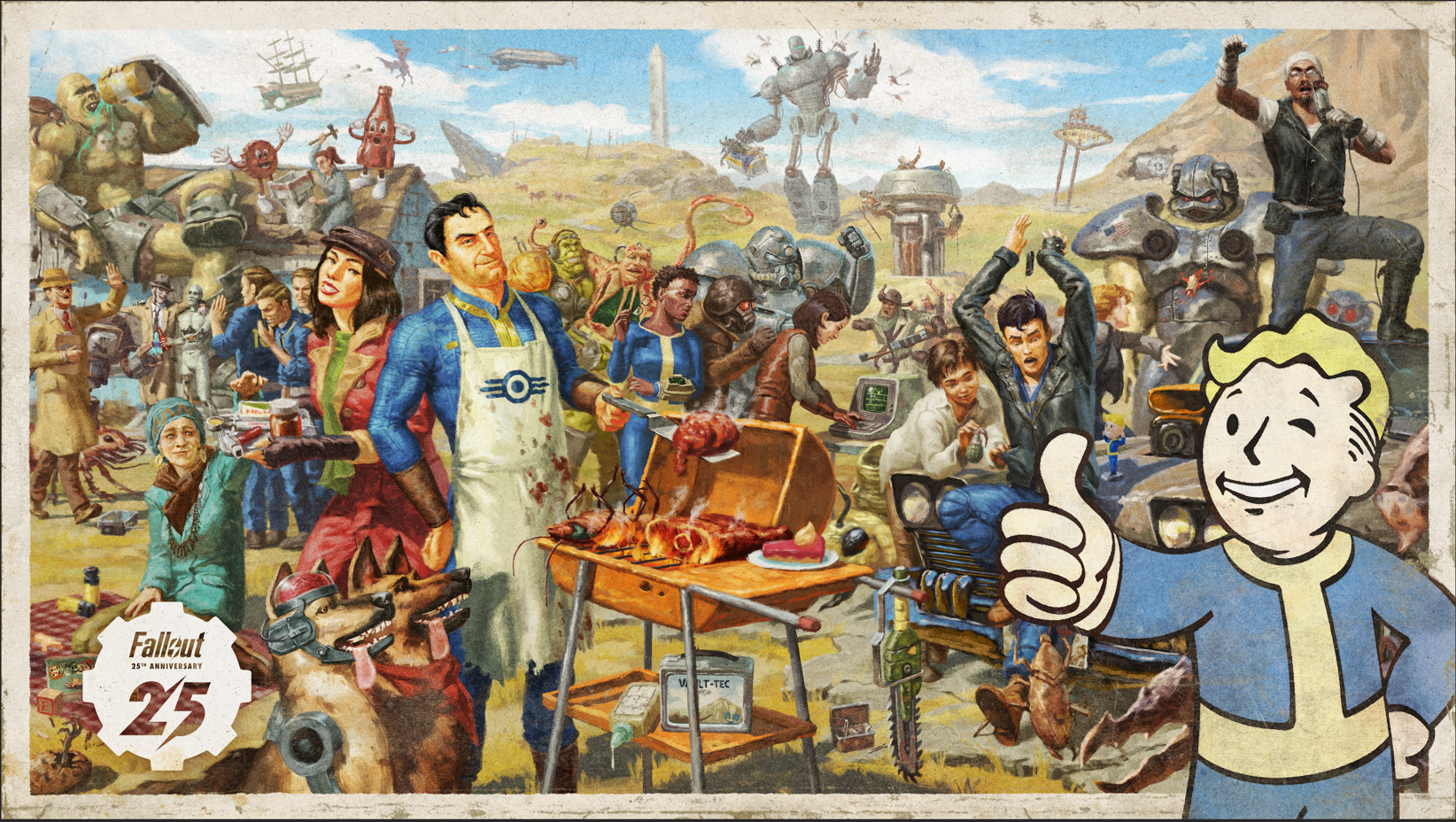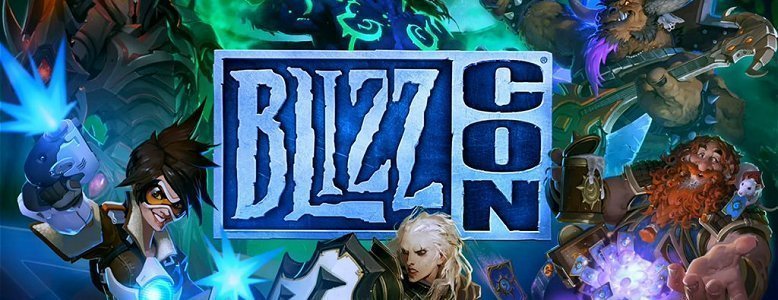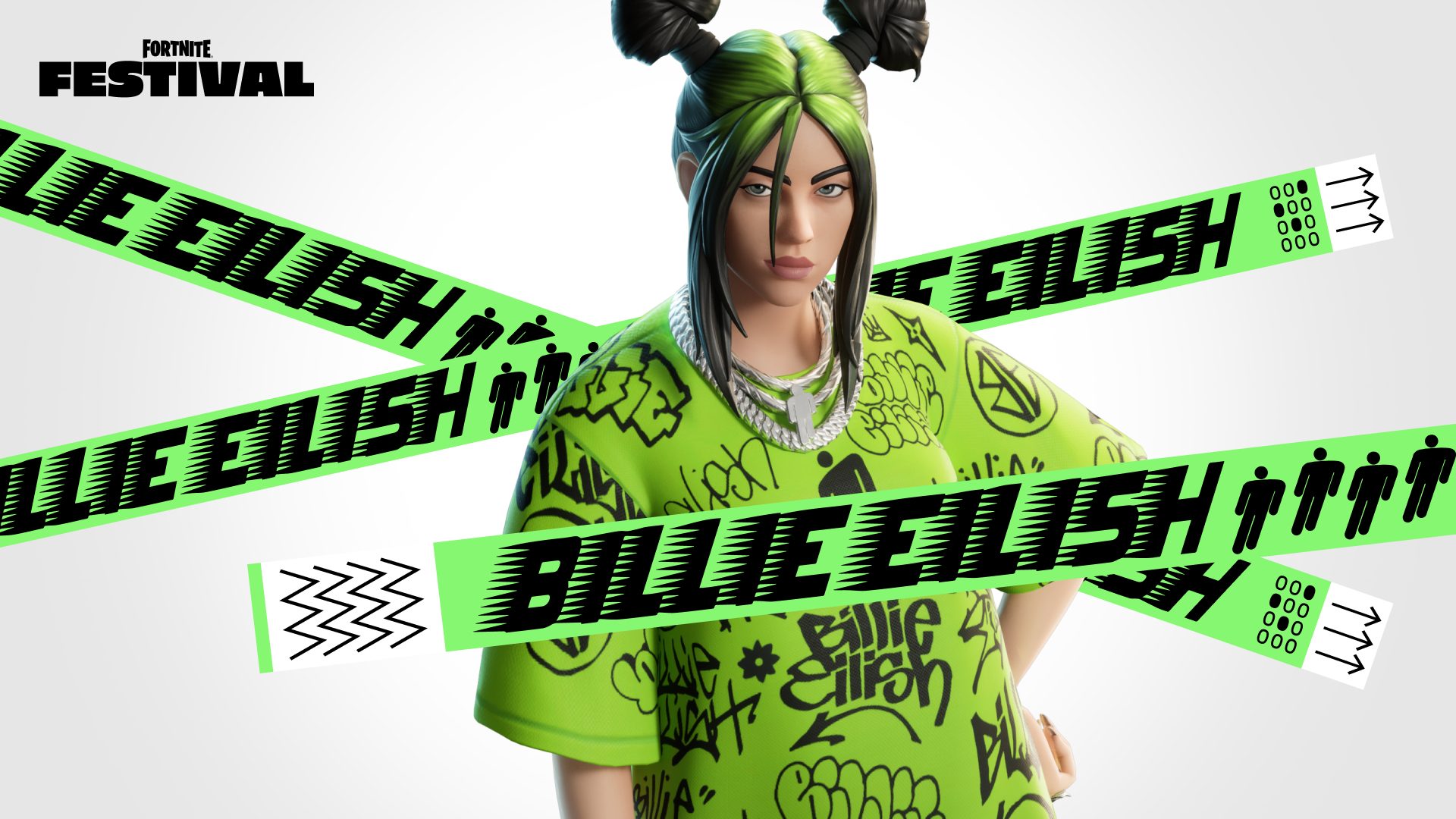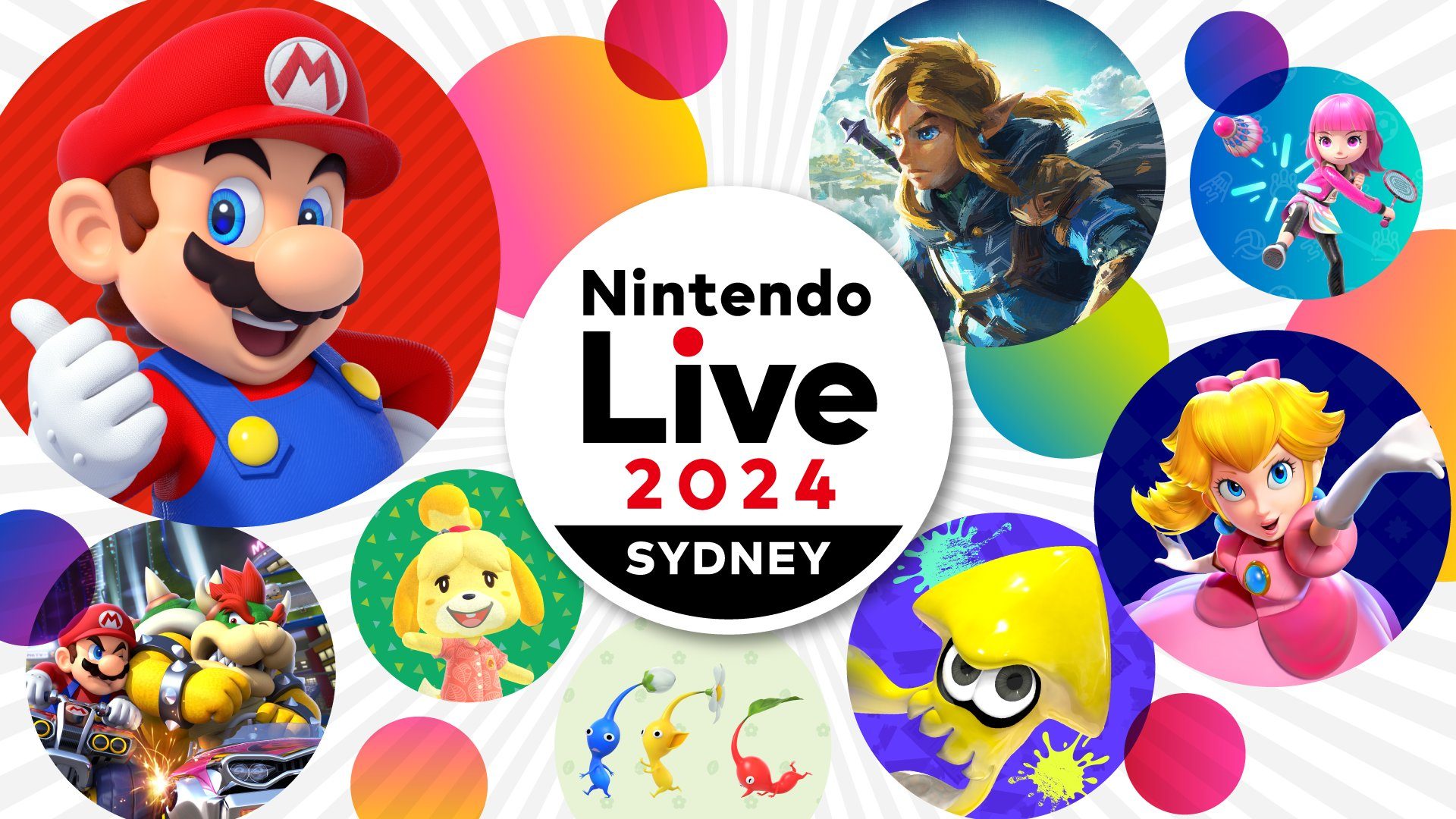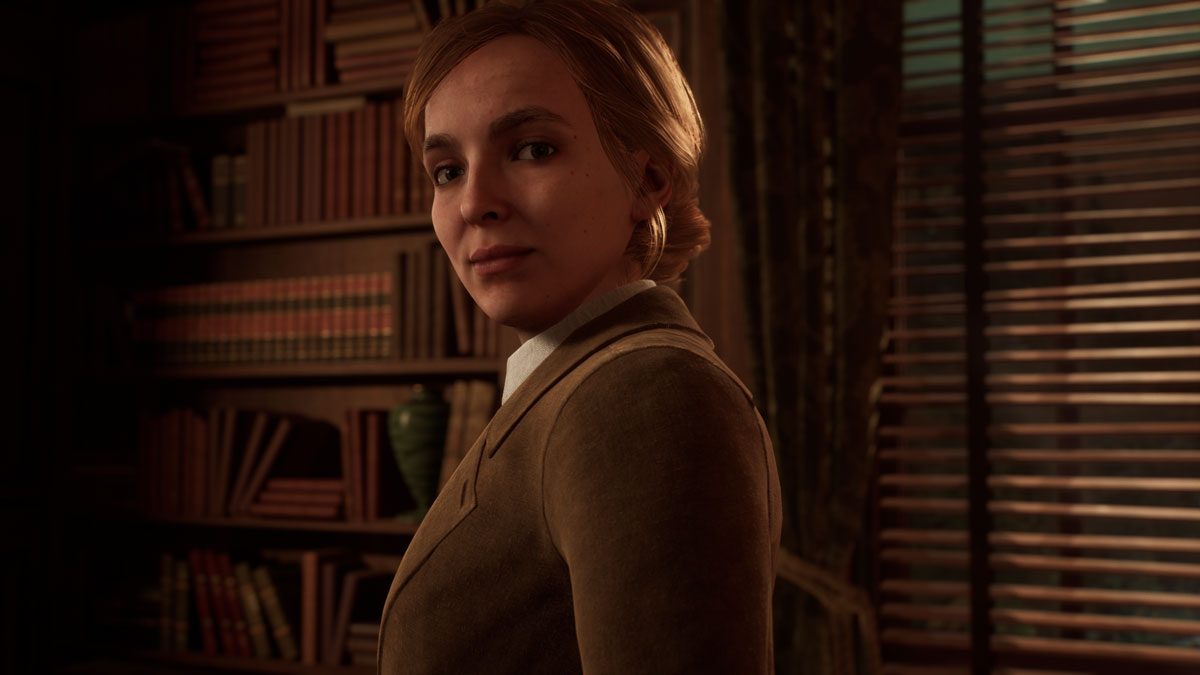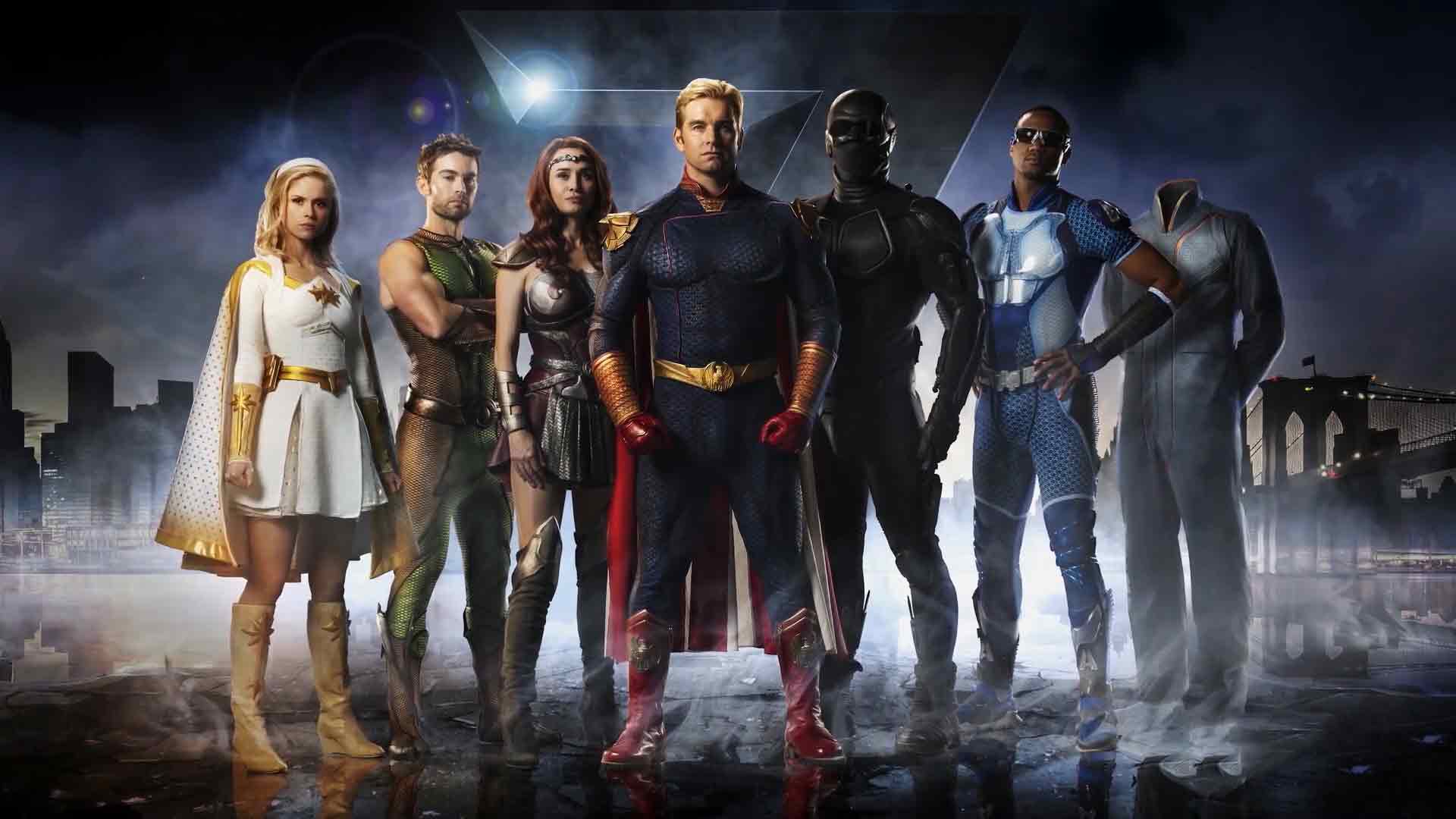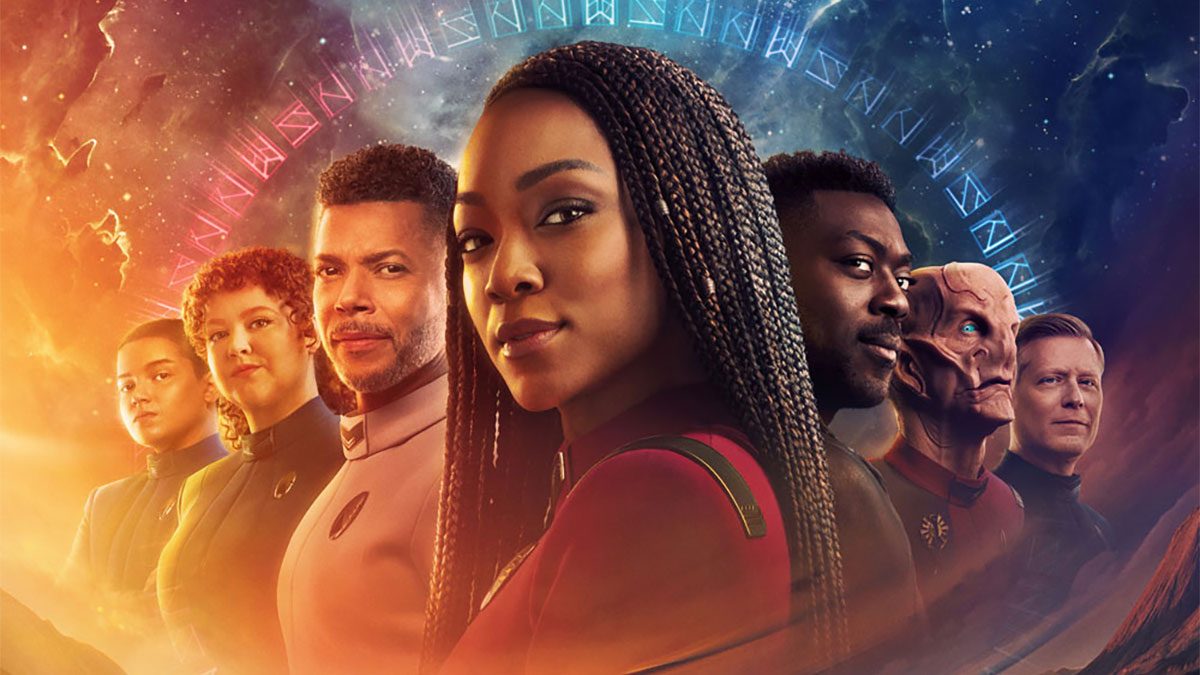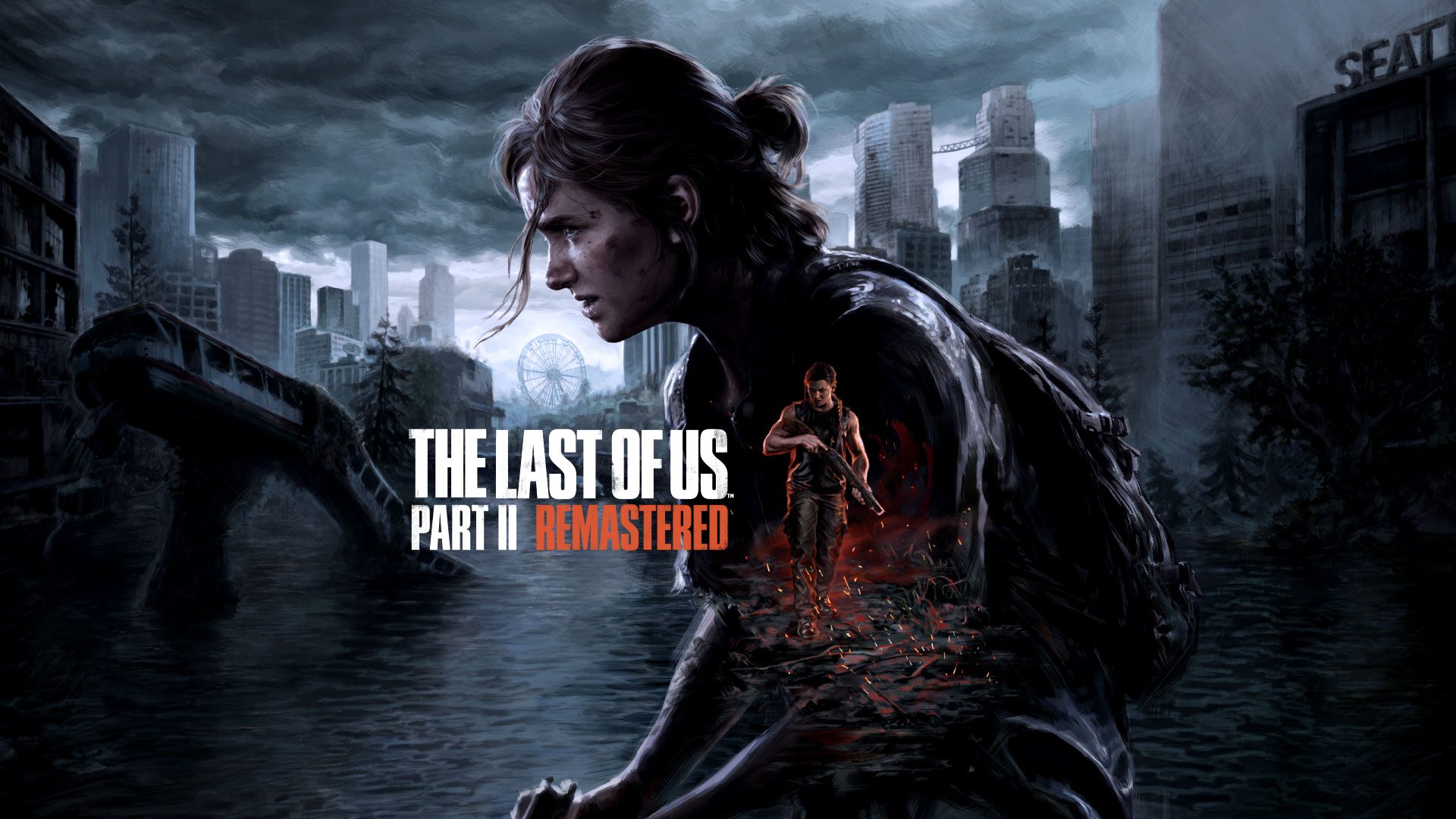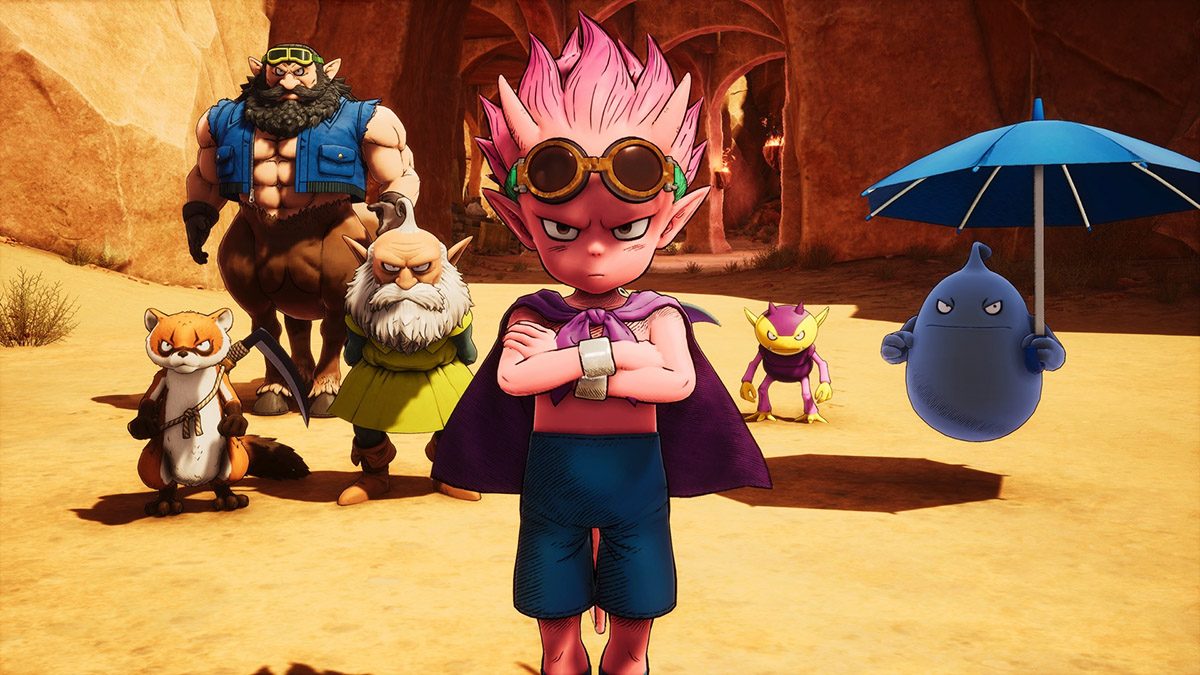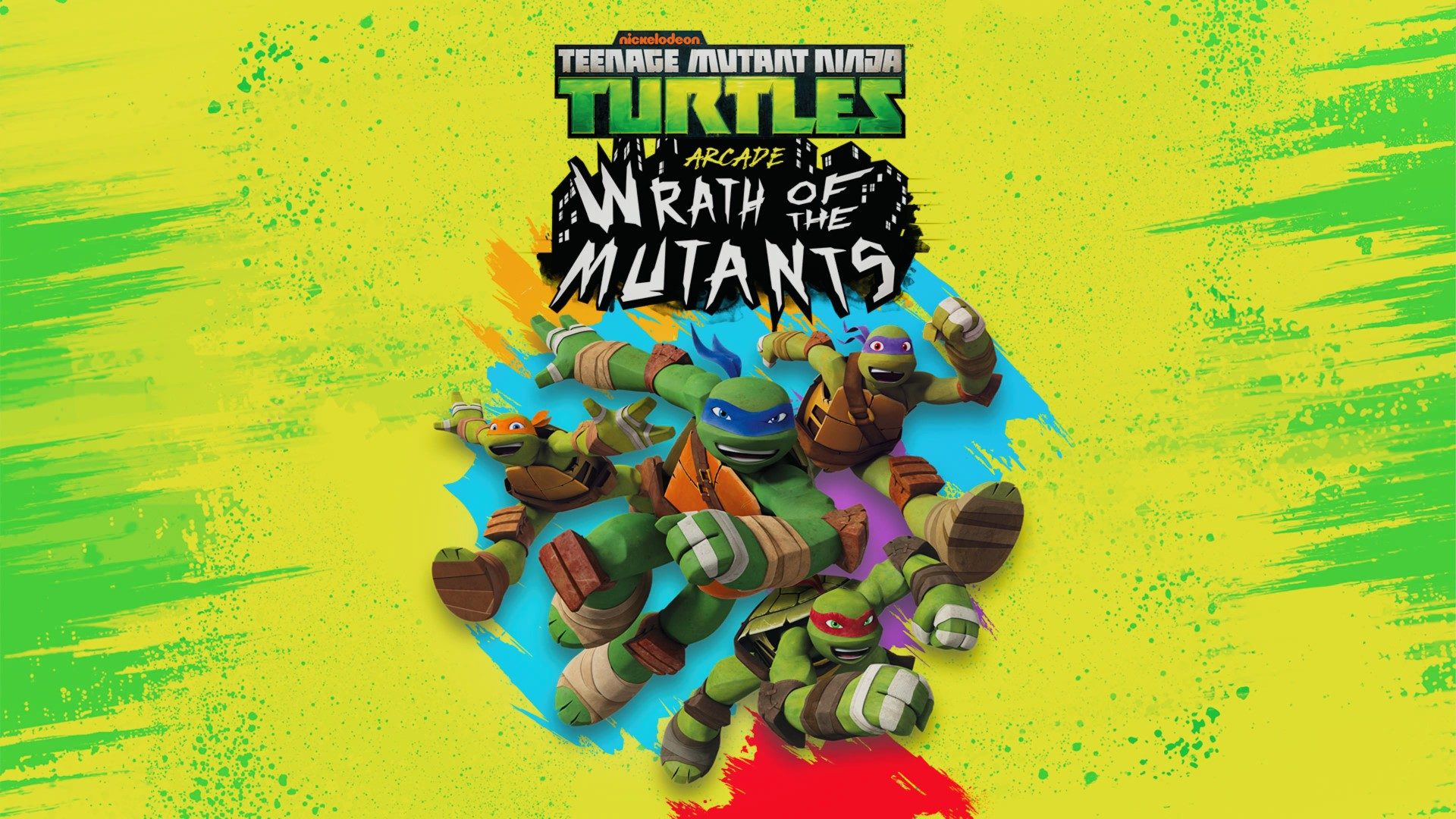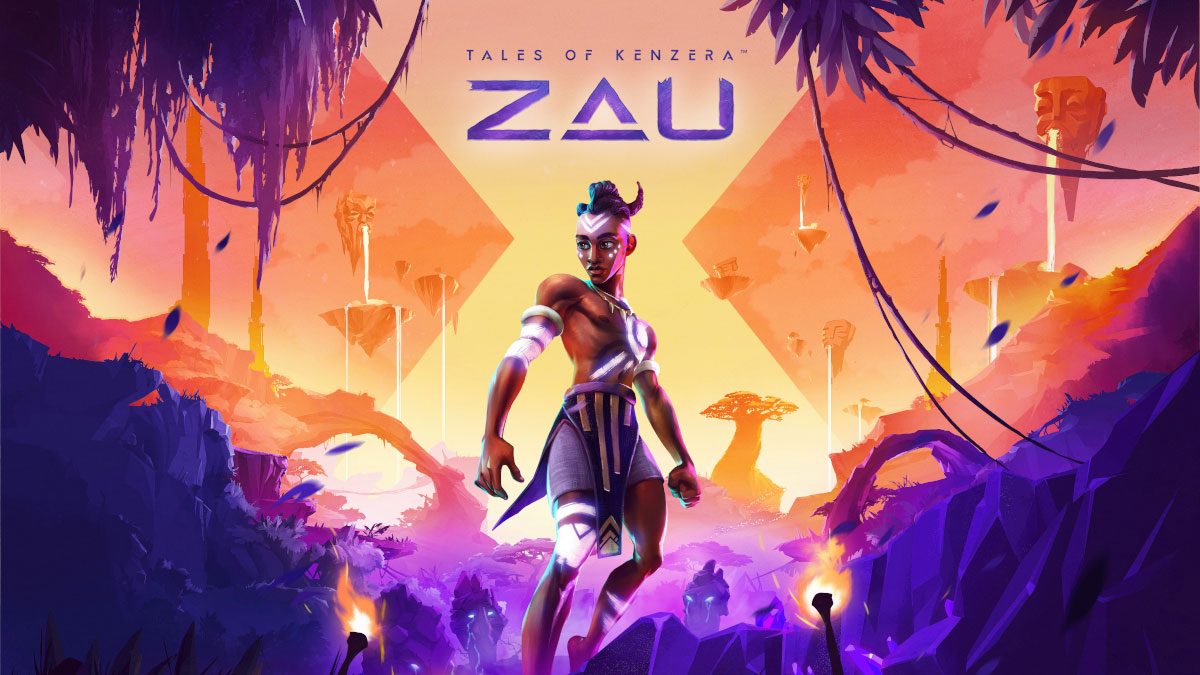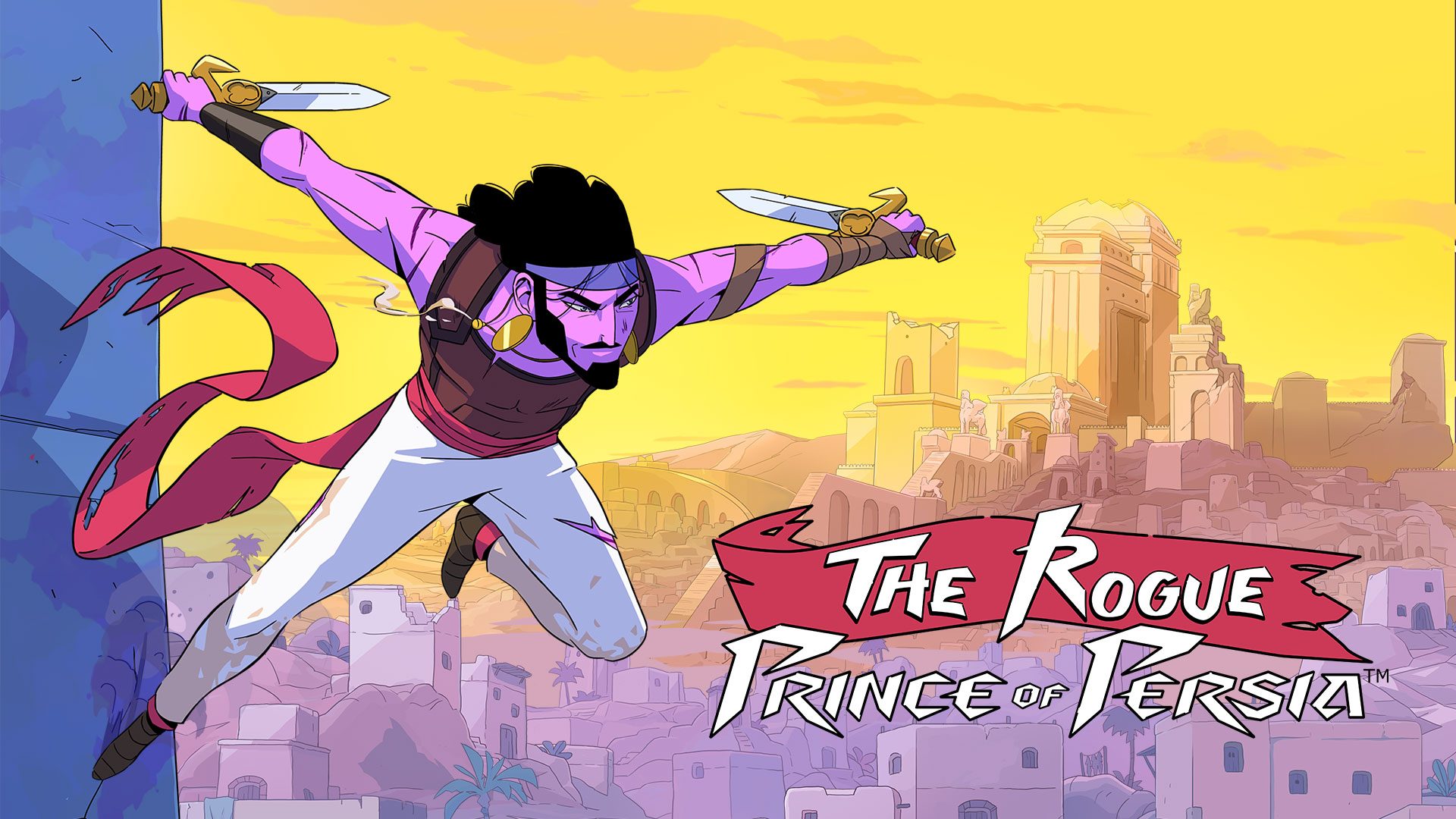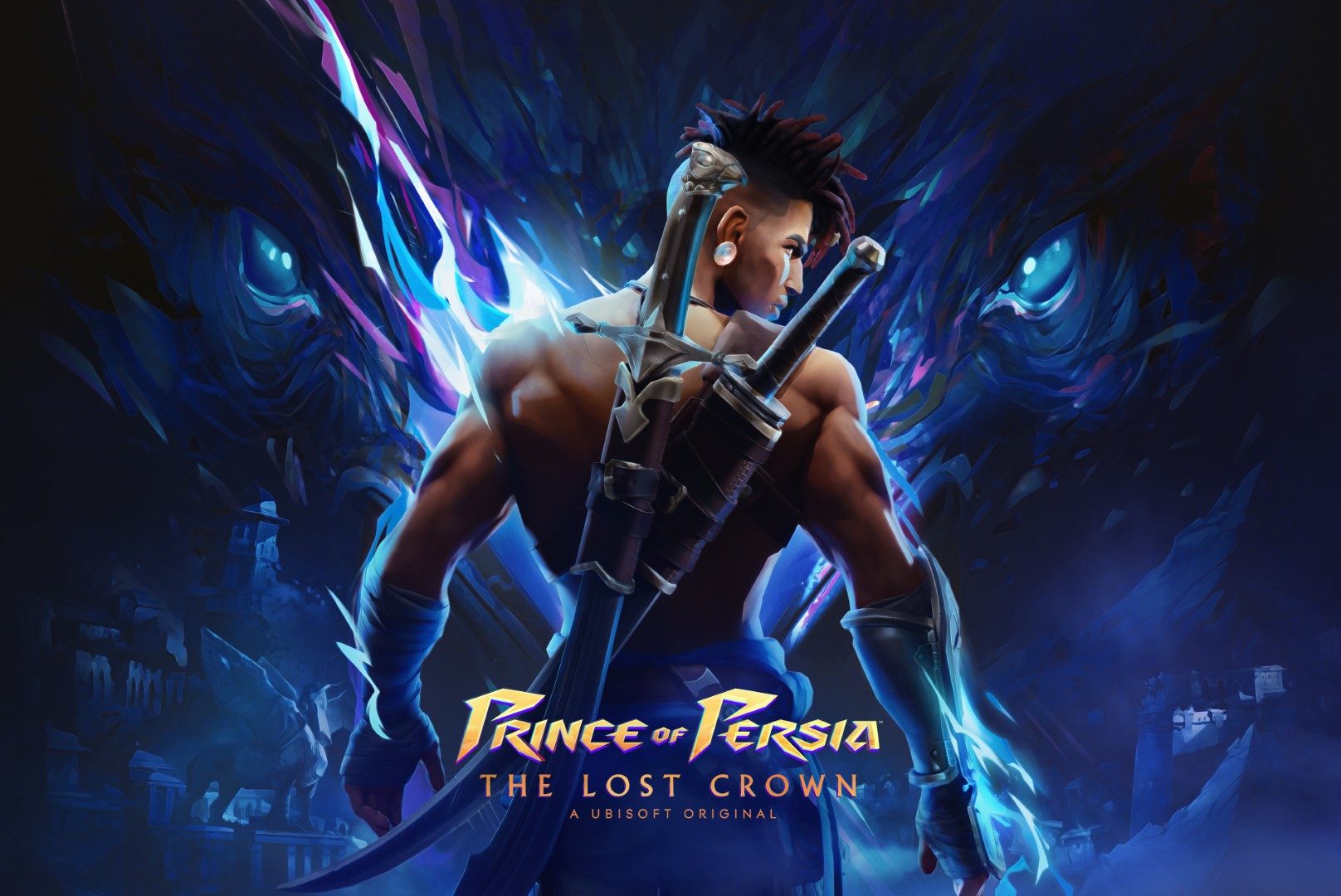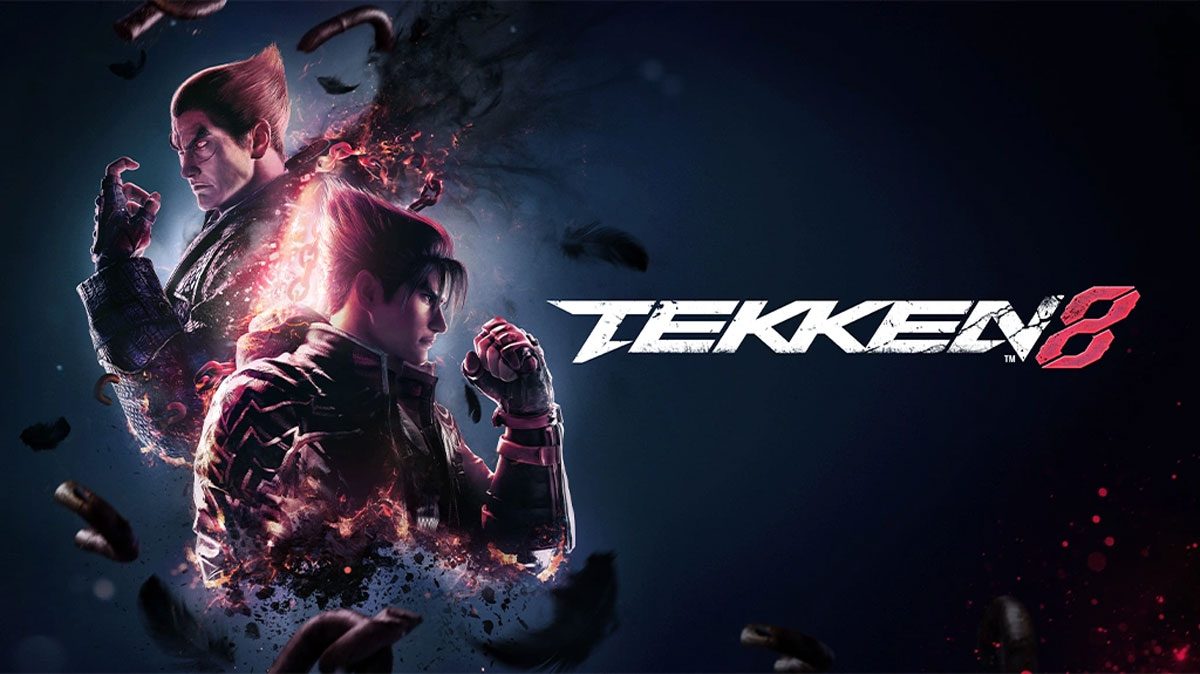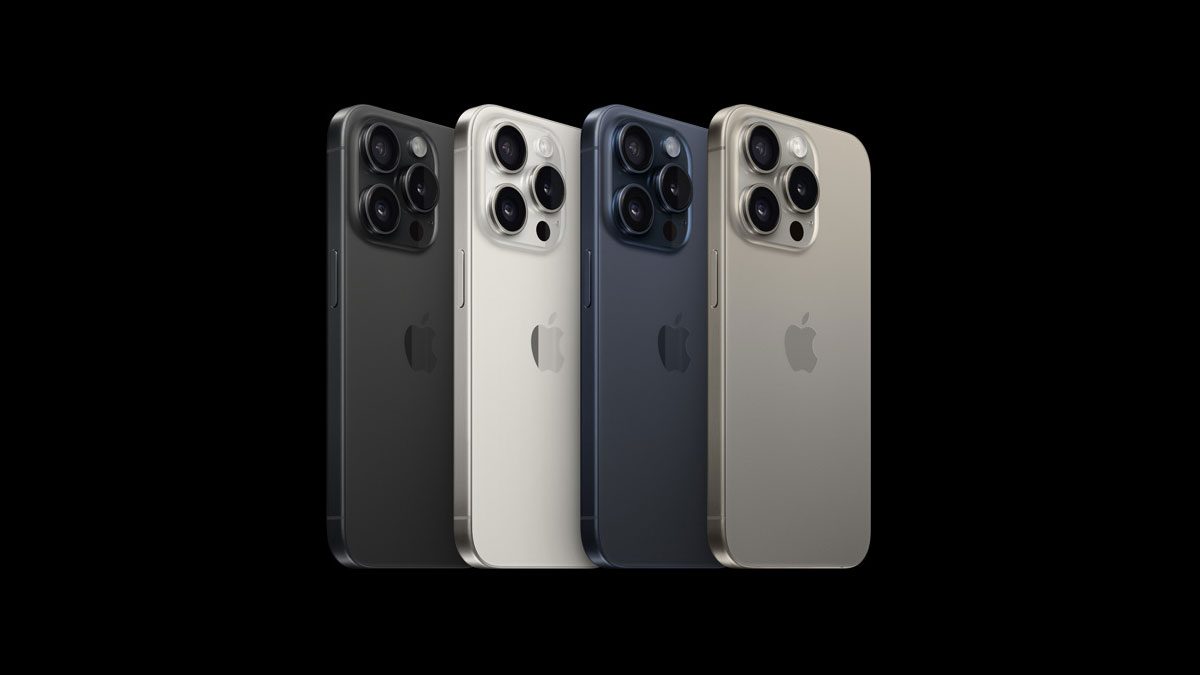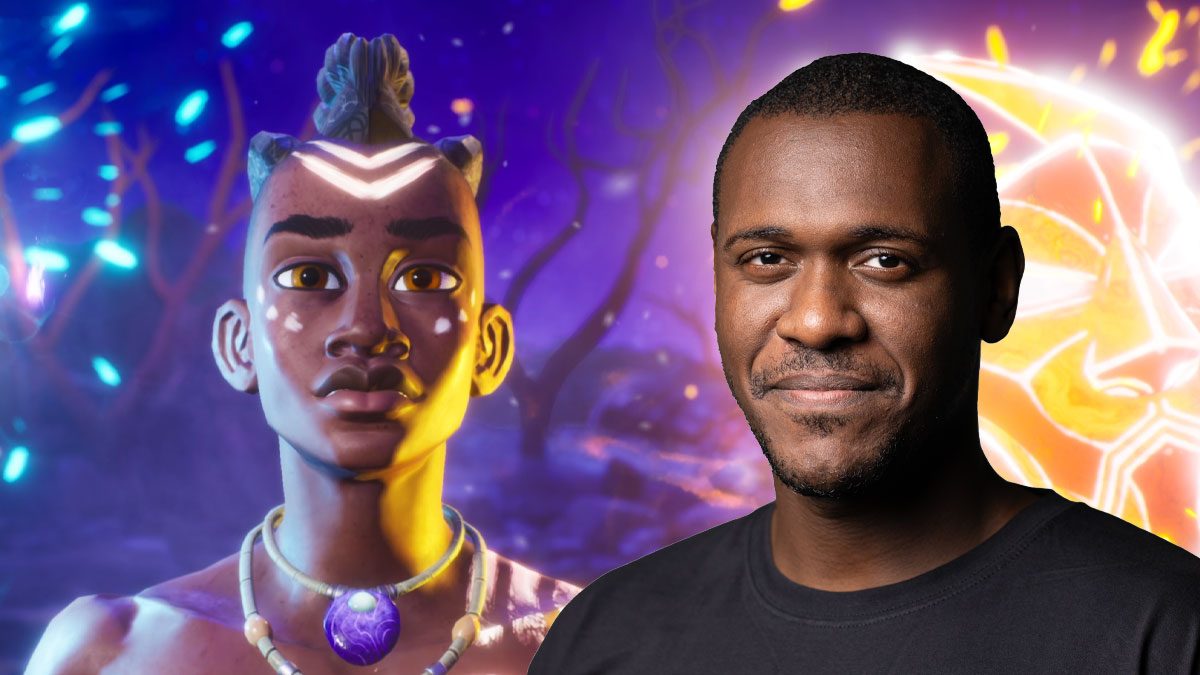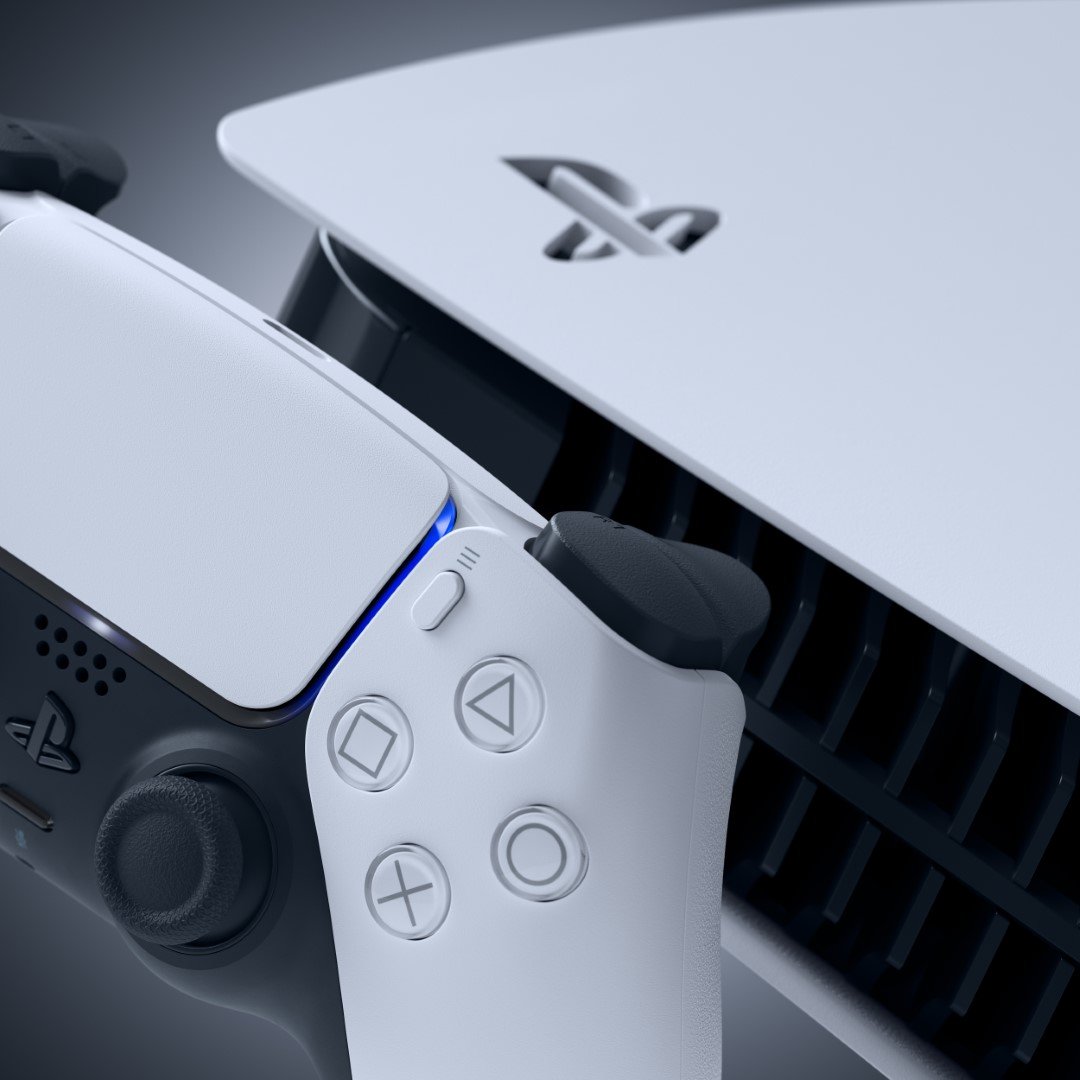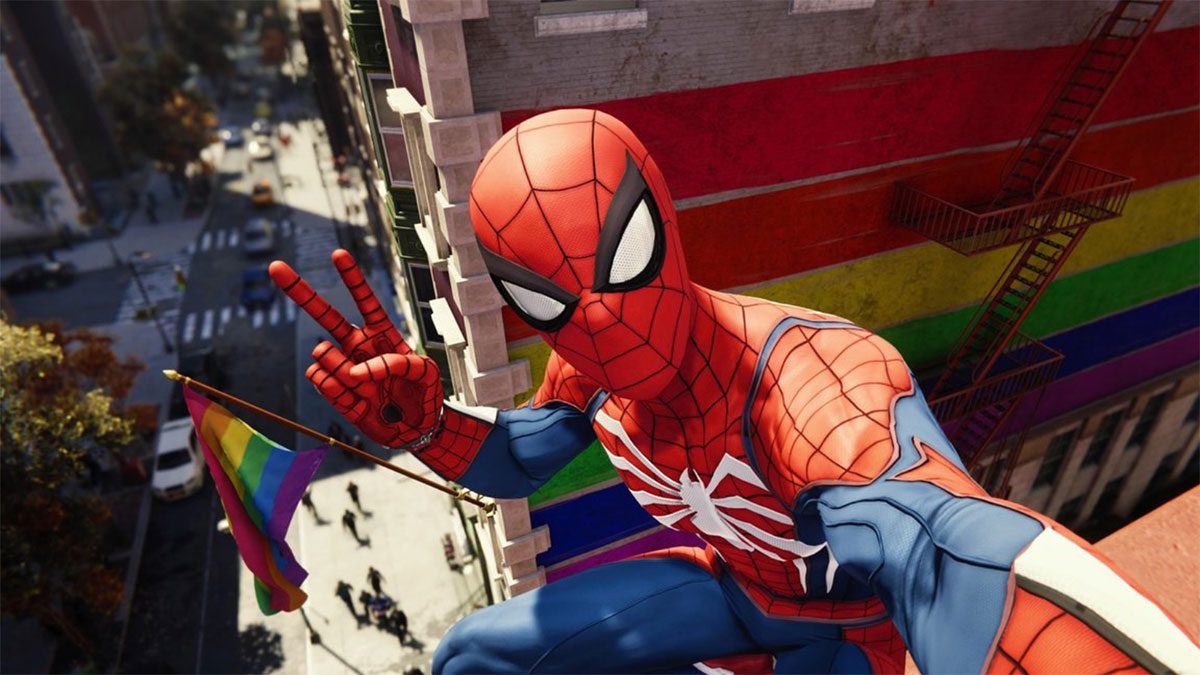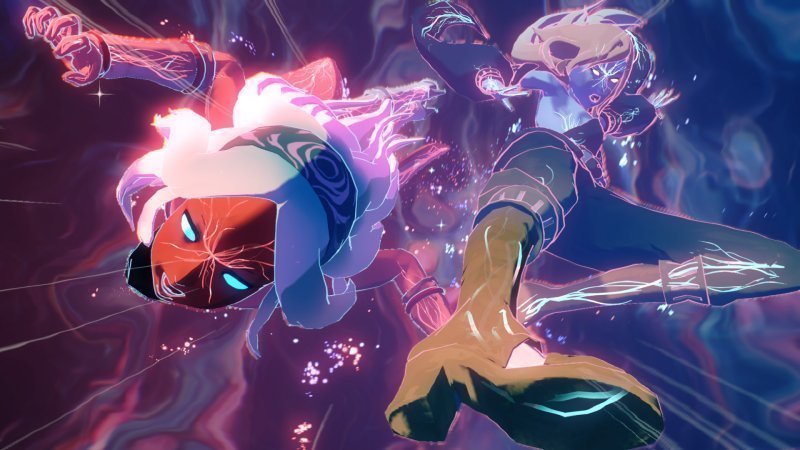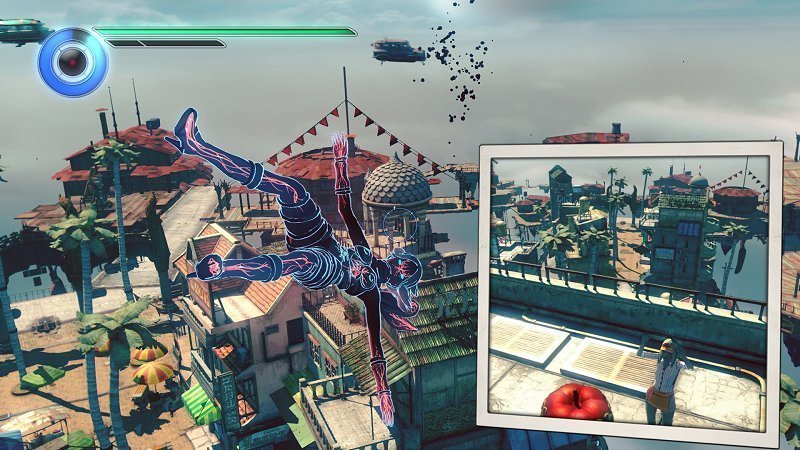Gravity Rush, the PS Vita system-seller turned PS4 remaster, has ditched the handheld realm altogether for a new, current-gen sequel. Gravity Rush 2 has similarly abandoned a questionable DualShock 4 control scheme, upped its map sizes and, basically, beefed itself up as much as possible. While its gravity manipulation is as fun as ever, the complete package gets bogged down by numerous, questionable features, seemingly put in place to pad it out.
For those new to the franchise, Gravity Rush is Descent on steroids, making players continually think in 360 degrees of action. Protagonist Kat is the scantily clad, self-proclaimed Gravity Queen, a being who can defy physics with the aid of a magical cat. In her base mode, Kat can float in the air, able to shift gravity in whichever direction she wishes to essentially ‘fall’ in that trajectory. Two variations of Kat’s powers make her bouncy and light as a feather or weighted down and dense as a rock. A friend named Raven — with, it should be noted, even less clothes — can do pretty much the same things Kat can.
You can easily see this sequel wears its Japanese heritage on its sleeve. Sony’s Japan Studio wants you to head over to YouTube before playing to watch an anime that explains what’s happened to Kat between this and her original adventure. I’d attempt to summarise that for you, but sadly, I’m at a loss. What I do know is this: Kat begins every game with memory loss and no powers (or clothes) and then spends far too long reacquiring them (this includes clothes) by running flimsily connected, nonsensical fetch missions. Spread over three chapters, the plot is segmented and confusing, stopping to indulge in sultry, over-sexualised poses and high-pitched giggles as much as it introduces supporting characters and b-plots before dropping them without pay off. The last game to build up so much non-essential side-content was the equally Japanese Final Fantasy XV.
Of the game’s 21 story-based missions, most have you running around one of three main towns looking for people or things. When looking for a person, you can’t simply luck upon them; instead, you’re tasked to walk up to any number of random NPCs and wave at them to obtain information. If you’re lucky, one will point you in the direction of your mark. If you’re not, be prepared to go and wave at ten more strangers. In notes to reviewers, Japan Studio actually considered the wave action a special feature.
Searching for objects is even worse. While locales are sprawling and rich with detail, everything looks the same. If you’re shifting around, you’ll quickly lose track of which way is up, and that makes it extremely difficult to chart where you have or haven’t searched. In these cases, luckily – and frustratingly – you’ll be given an objective marker to simply fly to if you spend too much time on the hunt. The online-enabled Treasure Hunt mode is much the same; while you’re supposed to take photos near a treasure in the world to help others, it’s a matter of standing around until the actual location is simply revealed to you. Other main quest objectives include finding a balloon, singing a jazz song and standing in a queue, and each menial task is more mind-numbing than the last.
These quirks detract from what makes Gravity Rush special: gravity manipulation. There’s a deep, simple pleasure to be found in chaining Kat’s powers together, effortlessly moving between Lunar, Jupiter and normal styles and traversing through locations by bouncing, falling and rocketing from platform to platform. You can get into a Tony Hawk’s or Jet Set Radio-style trance when Kat’s powers click, but devastatingly, it’s near impossible to do any of this within a story mission.
In some instances, mission direction is extremely limited; in others, it confines you to play in a very specific style. Stealth-based gameplay in several chapters leads to instant fail states and far too much trial and error. In the same way that it’s troublesome to find a random object in the world, it’s also difficult to keep tabs on constantly-moving enemy NPCs in 360 degrees. There were numerous instances that I tried creative solutions to problems only to be ejected back to a checkpoint, and in most of those times, I solved the task by simply heading to an objective in a straight, boring line. Other times, I anticipated what was to be expected of me next, and by doing that action ahead of a scripted event, broke things to the point where I had to reload a previous checkpoint and wait to be told it was okay to make my move.
Combat plays out in much the same way. You’re given Kat’s base powers exclusively for so long, it’s foolish to swap to another set for the tail end of proceedings. Upon criticism that the original Gravity Rush relied too heavily on the Gravity Kick, an emphasis was placed upon Kat’s supporting powers. The result is that you’ll abandon everything else for a projectile-throwing move. In the end, you’ll hold and release the Circle button to grab objects in the world, and again to lob them at enemies; you’ll then repeat this whenever possible. The only instances you’ll change from this tactic is when you’re forced to exclusively use a different style set or, occasionally, when you’ve spammed Circle so much you’ve run out of objects to throw. Then? You’ll simply go back to Gravity Kicking. Boss battles against a certain enemy require you to stay on the ground and melee, but that’s a matter of three kicks, dodge, repeat. In short, difficulty is not really an issue – I upgraded one skill, one time, before forgetting about it entirely.
The DualShock 4’s good ol’ Touchpad gets a bit of love, but not as much as in Gravity Rush Remastered. Dodging is thankfully controlled by a face button rather than the Touchpad this time around, though the latter will swap between Kat’s three gravity styles and, anti-climactically, will launch your cutscene-controlled finishing attack. While you can use the controller’s accelerometers to control the camera, I quickly turned that off. As so much of Gravity Rush 2 is simply rocketing from one checkpoint to the other, you’ll go off mark if you don’t hold the controller still while waiting for Kat to go in a straight line for 30-40 seconds at a time.
The camera itself does a great job of keeping things in frame, improving upon what was seen in Gravity Rush Remastered, though tends to struggle when Kat’s in an enclosed space. It’s at those times when I felt a small wave of nausea roll over me as the camera flipped out trying to keep track of my character. You’ll also suffer from rapid camera swings if Kat misses the mark with a Gravity Kick, just like in the original Gravity Rush. Those instances, thankfully, are few and far between.
Despite all these negative qualities, you can get back to basics with select side-missions, ghost challenges and unfettered exploration. It’s here that schoolgirl giggles and midriff are thrown away and inspired mechanics are finally given their time to shine, letting you put a score behind your skills. While creativity is despised within core missions, it’s in side content that you can let loose. Best yet, failure isn’t as soul-crushing as in the main game, and you can learn where you’ve gone wrong and compensate in a fun and engaging manner. The same is true for select, almost tutorial-based segments of the core story that involve pink tablets. I lived for those moments.
There’s a lot of good within Gravity Rush 2, but you’ll have to wade through the muck to get to it. A meandering story, repetitive open world and menial fetch quests steer players away from the things that makes the franchise great: goofing around and never knowing which way is up. Franchise fans will get a kick out of the continuation of Kat’s story – if they understand it – but those with a love of action or experiences like Jet Set Radio will also enjoy this different take on a beat ‘em up.
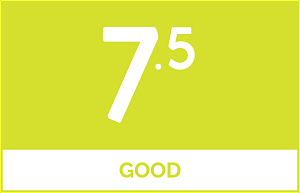 |
|
The good
|
The bad
|
Gravity Rush 2 was reviewed using a promotional code on PS4, as provided by the publisher. Click here to learn more about Stevivor’s scoring scale.
This article may contain affiliate links, meaning we could earn a small commission if you click-through and make a purchase. Stevivor is an independent outlet and our journalism is in no way influenced by any advertiser or commercial initiative.


